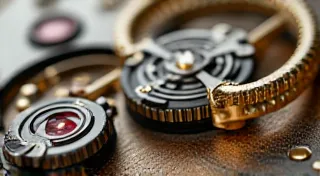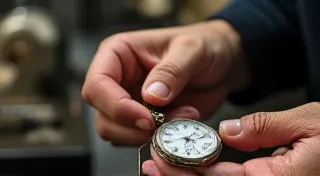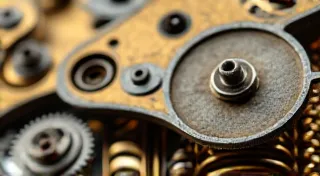The Echo of Eras: How Pocket Watches Resonate with Shifting Social Landscapes
There's a certain magic in holding a pocket watch. It’s not just the cool, smooth metal against your palm, or the satisfying click of the cover snapping shut. It's a sensation of connection, a fleeting moment transported from a time when lives moved at a different pace, governed by the measured rhythm of gears and springs. More than mere timekeeping devices, antique pocket watches are tangible links to the past, whispering stories of ambition, innovation, and the evolving values of the 19th and early 20th centuries. They are, in essence, palimpsests – layers of history etched onto a small, often exquisitely crafted, canvas.
My grandfather, a man of quiet dignity and a meticulous hobbyist, introduced me to the allure of these mechanical marvels. I remember, as a child, being allowed to wind his prized Waltham, a heavy, ornate piece that felt impossibly complex. He’s gone now, but the memory of that shared moment, the scent of oil and aged metal, and the low hum of the escapement remain vividly clear. It sparked a fascination that has endured, a desire to understand not just how these watches worked, but *why* they were made the way they were, and what they can tell us about the people who owned and cherished them.
The Dawn of Personal Time: The 19th Century Rise of the Pocket Watch
Prior to the 19th century, timekeeping was largely a communal affair, dictated by sundials, town clocks, and church bells. Personal time, the concept of managing one's own schedule with precision, was a relatively new idea. The invention of the portable, spring-driven watch in the 16th century was significant, but early examples were expensive and often the domain of royalty and the very wealthy. It wasn't until the 19th century that technological advancements – particularly the development of interchangeable parts and mass production techniques – brought pocket watches within reach of a broader segment of society.
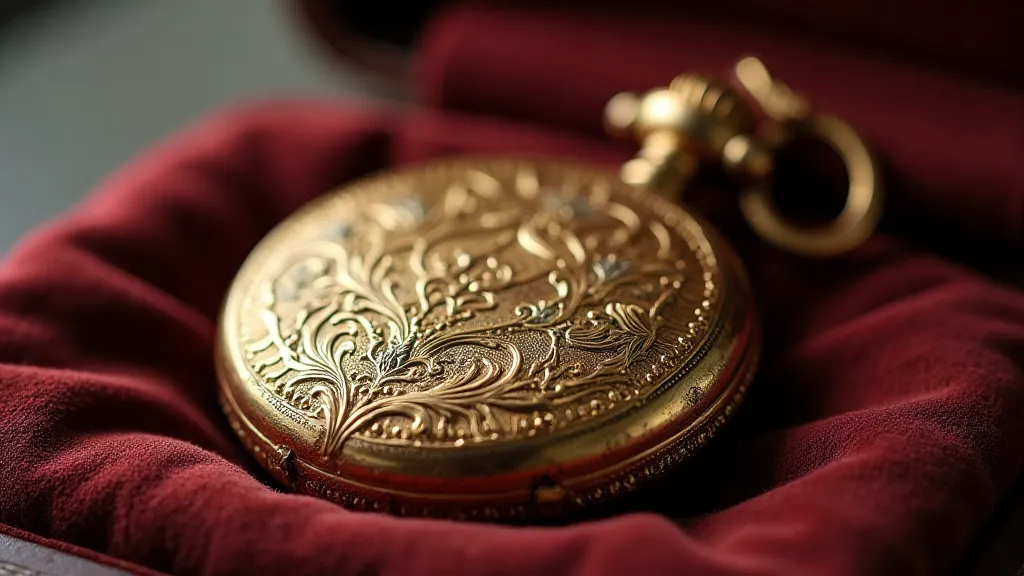
The Victorian era, in particular, saw an explosion in the popularity of pocket watches. The rising middle class, fueled by the Industrial Revolution, embraced the idea of punctuality and efficiency. A pocket watch became a symbol of respectability, a mark of social standing. The designs reflected this aspiration – grand, elaborate cases adorned with intricate engraving, often in gold or silver. The complexity of the movements themselves was a source of pride, a testament to the watchmaker’s skill. Hunt watches, with hinged covers that protected the crystal, became particularly fashionable, named after the hunting pastime of the wealthy landowners.
From Ostentation to Utilitarianism: Shifting Styles and Materials
As the century progressed, however, tastes began to change. The exuberance of the Victorian era gave way to a more restrained aesthetic. The late 19th and early 20th centuries saw a shift towards simpler, more functional designs. The ornate engraving, while still present, became less prevalent. Railroad pocket watches, designed for the burgeoning railway industry, prioritized accuracy and durability over elaborate decoration. These watches needed to withstand the rigors of travel and provide precise timing for train schedules – lives depended on it. Cases were often made of nickel silver or other less expensive metals, emphasizing practicality over ostentation.
The First World War further accelerated this trend. Pocket watches became essential equipment for soldiers, serving as timing devices for artillery and reconnaissance missions. Durability and reliability were paramount. Many military-issued watches were simplified, robust designs, often housed in plain steel cases. The sentiment wasn’t about status; it was about survival.
The Language of Complications: Decoding the Watchmaker’s Story
Beyond the basic telling of time, many pocket watches boasted “complications” – additional features like chronographs (stopwatches), calendars, and moon phase indicators. These weren't just novelty additions; they were reflections of the owner’s interests and status. A chronograph might indicate a passion for racing or sports. A calendar complication would signal an appreciation for meticulous organization. The presence of a moon phase complication often spoke to a fascination with astronomy and the cyclical nature of the universe.
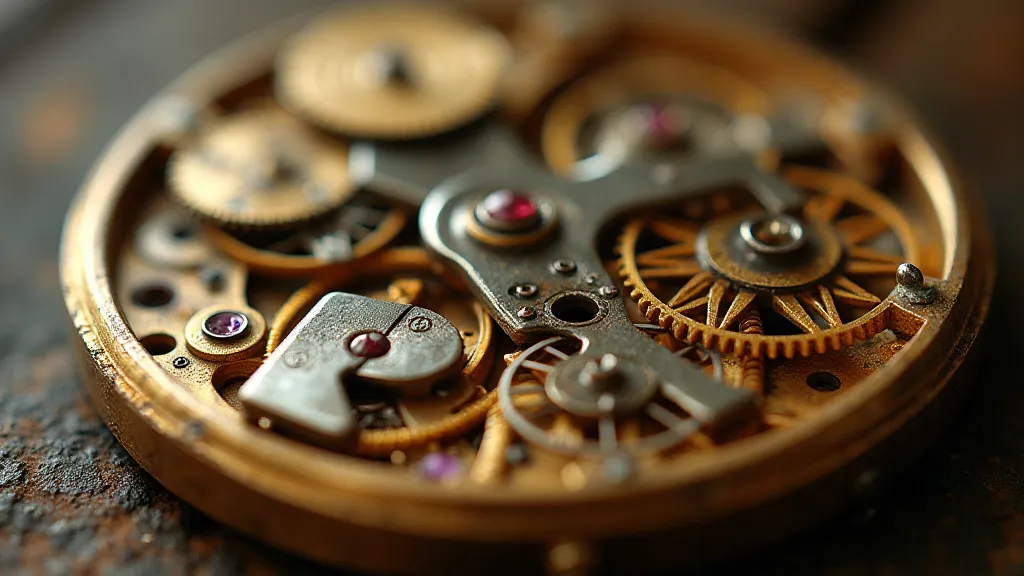
The craftsmanship involved in creating these complications was extraordinary. Watchmakers were not simply assemblers of parts; they were artisans, meticulously hand-finishing each component, adjusting the timing, and ensuring the entire mechanism functioned harmoniously. The quality of the finishing – the polishing, the anglage (beveling) of the gears – was a testament to the watchmaker’s skill and a reflection of the owner’s appreciation for quality.
Preserving a Legacy: Care and Appreciation for Antique Pocket Watches
Owning an antique pocket watch is more than just owning a timekeeping device; it's becoming a caretaker of history. Proper care is essential for preserving these treasures for future generations. Regular cleaning with a soft cloth can remove dust and grime. Avoid excessive humidity, which can damage the movement. While some enthusiasts take on the task of servicing their watches themselves, it’s generally best to entrust them to a qualified watchmaker specializing in antique timepieces.
The value of a pocket watch isn’t solely determined by its material composition or brand name. It’s also about its history, its provenance, and the story it tells. A watch with documented ownership, or one that has survived a significant historical event, can be significantly more valuable than a similar watch with unknown history. Researching a watch’s history can often be a rewarding experience in itself, uncovering fascinating details about the people who owned and cherished it.
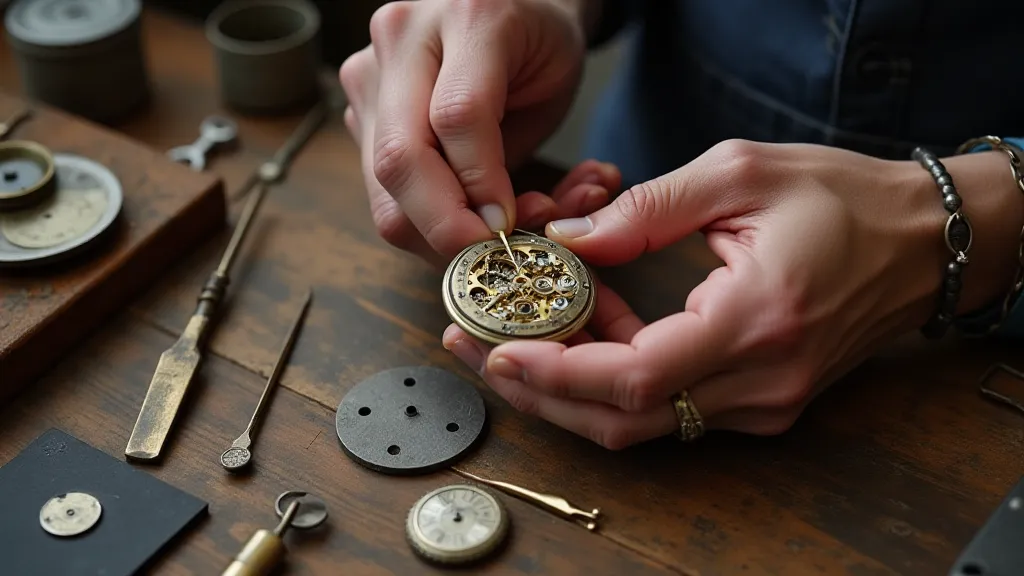
In a world increasingly dominated by digital timekeeping, the echo of these pocket watches – the whisper of history held within their gears and springs – is a powerful reminder of a different era. They represent a time when craftsmanship was valued, when punctuality was a symbol of respect, and when the simple act of telling time was imbued with a sense of elegance and purpose. Holding one is a tangible connection to that past, a privilege and a responsibility to preserve these remarkable artifacts for generations to come.
